Milling - Turning Axis Wheels the Wrong Way
| SillyOldDuffer | 15/02/2016 18:24:43 |
| 10668 forum posts 2415 photos | I'm building the Jan Ridders Coffee Pot Stirling at the moment. Although my self-taught skills have improved considerably I am still in the bottom 10% of the class when it comes to finish, and I'm trying to improve. I generally manage to put holes in the right place, turn to wanted diameters, and mill to the correct depth, more or less. The things I make usually work but the finish is poor. (This is not false modesty!) One of my mistakes is that when starting a cut, or changing direction, I have a strong tendency to turn milling table axis controls the wrong way. This drives the cutter into metal that has to be left untouched if the object is to look good. Quite small errors can spoil an otherwise acceptable bit of work. This picture is a close-up of the flywheel. You can see that I have crashed no less than three times into this particular spoke. It is very annoying because the other 5 are quite good, at least by my standards! I feel like a learner driver having trouble with parallel parking again. My confusion is something to do with reversals of right-left and forward-backward movements, and ditto with my rotary table. (I usually get up-down right thank goodness!) Is there a trick to this like "lefty loosey, righty tighty" or is it just practice, practice, practice? All hints and advice gratefully received. Thanks, Dave
Edited By SillyOldDuffer on 15/02/2016 18:26:01 |
| Neil Wyatt | 15/02/2016 18:35:22 |
19226 forum posts 749 photos 86 articles | You might be able to make that good with alutite, especiually if you can use clay or similar to make small 'mould'. Neil |
| Anna 1 | 15/02/2016 19:28:18 |
72 forum posts 3 photos | Hello kindly gentleman. (It doesnt seem right to use the "duffer"handle) I think for the most part it is just practice, and more practice, eventually it will become second nature.one little thing might help in the early stages. Stick a piece of paper on the bed near to the x, handle, mark an arrow on the paper pointing in the clockwise direction of the handle and another arrow pointing down the bed to show direction of travel. Do the same for the y axis. I guess thats why we had 5 years+ apprenticeships years ago . Even now after all these years I leave particularly demanding work to first thing in the morning before I get "brain fade". Kind regard Anna |
| Speedy Builder5 | 15/02/2016 19:32:12 |
| 2878 forum posts 248 photos | Its a bit like riding a bike - you have to get used to turning in the right direction. You fall off a few times before you can ride it. - Sorry, no better advice.
|
| fishy-steve | 15/02/2016 19:54:11 |
| 122 forum posts 30 photos | Buy a Sharpie pen and draw arrows all over your machine/rotary table until it becomes second nature to turn the handle the correct way. It wipes off no problem. |
| Emgee | 15/02/2016 20:31:08 |
| 2610 forum posts 312 photos | You could try fitting travel stops on all axis so your table movements will be restricted to the part you want to machine, same applies to the rotary table, stops can be fitted to prevent overtravel. Emgee Edited By Emgee on 15/02/2016 20:31:45 |
| Chris Evans 6 | 15/02/2016 20:31:58 |
2156 forum posts | Most rotary tables turn in the direction that you turn the handle. It all comes easy to me but I have over 50 years of doing it. Don't worry we all went through the same dilemma, soon it will become second nature to you. |
| SillyOldDuffer | 15/02/2016 21:34:28 |
| 10668 forum posts 2415 photos | Thanks Neil. I didn't know about Alutite which will also be useful for fixing some problems I haven't asked about yet! Thanks to Anna and Fishy-Steve for the arrow marking ideas : that's so obvious I might never have thought of it. Brain-fade due to tiredness must be a factor as I do blunder more at the end of workshop sessions. I used the 'stop' slot on my mill to mount a DRO scale. Thanks to Emgee I will have another think about ways of fitting stops. In addition to protecting the piece they would also speed up work because I wouldn't have to watch the DRO carefully towards the end of each cut. Chris, Anna and Speedy Builder have all confirmed my suspicion that I need more practice. In the past I've tended not to do practice pieces simply because metal is rather costly. I now think this is a false economy. As to Anna's kind remark about the suitability of my pseudonym, all I can say is that I know my limitations! And I'm looking forward to the possibility that I might evolve into an Old S.O.D. Cheers, Dave |
| Peter Greene | 15/02/2016 22:01:05 |
| 865 forum posts 12 photos | Clockwise Away |
| John Hinkley | 16/02/2016 07:50:01 |
1545 forum posts 484 photos | Dave, Like you, I too had difficulty in getting my head around the handle-twiddling on my first mill. In the end, I thought of the table and crosslide as big "nuts" and the handle as the head of a bolt threaded into it. Think lefthand thread and turn it anti-clockwise to bring the (for example) Y-axis travel towards you. Similarly with the X-axis movement. As for the travel stops and DRO set-up, when I bought a new, larger mill, I made extensions from the table and fabricated a long slotted piece which allowed me to mount the glass scale close to the table while retaining the use of travel stops. See the picture below. I was also able to use the same fixture to mount the power cross feed limit stops at the same time, although it did, very slightly restrict the total travel of the table. John Edited By John Hinkley on 16/02/2016 07:51:27 |
| Neil Wyatt | 16/02/2016 08:25:34 |
19226 forum posts 749 photos 86 articles | The next MEW includes a suggestion for retro-fitting stops to a rotary table by putting a pair of moveable rings with 'ears' around the table. They closely resemble embroidery rings. Neil |
| Hollowpoint | 16/02/2016 08:27:24 |
| 550 forum posts 77 photos | Mr duffer I sometimes find myself doing the same thing. My mill has handles on both sides of the table. I find myself using the left handle for left to right and the right handle for right to left.
John - I have the same mill, have you fitted scales to the other axis? |
| John Hinkley | 16/02/2016 09:46:46 |
1545 forum posts 484 photos | Hollowpoint, Yes, I have. More pictures and description in an album. I think I kept the drawings of the mounts somewhere. I'll have a look if you're interested. John |
| frank brown | 16/02/2016 10:25:54 |
| 436 forum posts 5 photos | When I surface with my mill, I always put a rag over the wheel I must not turn. Not quiet the same, but it saves holes being bored in flat surfaces. Frank |
| MW | 16/02/2016 10:34:36 |
2052 forum posts 56 photos | lefty loosey, righty tighty. Just remember that. |
| Hollowpoint | 16/02/2016 14:01:41 |
| 550 forum posts 77 photos | Posted by John Hinkley on 16/02/2016 09:46:46:
Hollowpoint, Yes, I have. More pictures and description in an album. I think I kept the drawings of the mounts somewhere. I'll have a look if you're interested. John
I'll take a look thanks! |
| SillyOldDuffer | 16/02/2016 19:02:29 |
| 10668 forum posts 2415 photos | Thanks guys, even more good ideas! I shall look at the next MEW with interest and I like John Hinkley's travel stop solution. After all this excellent advice my problem now is making a dent in the resulting "to do" list. Cheers, Dave
|
Please login to post a reply.
Want the latest issue of Model Engineer or Model Engineers' Workshop? Use our magazine locator links to find your nearest stockist!
Sign up to our newsletter and get a free digital issue.
You can unsubscribe at anytime. View our privacy policy at www.mortons.co.uk/privacy
- *Oct 2023: FORUM MIGRATION TIMELINE*
05/10/2023 07:57:11 - Making ER11 collet chuck
05/10/2023 07:56:24 - What did you do today? 2023
05/10/2023 07:25:01 - Orrery
05/10/2023 06:00:41 - Wera hand-tools
05/10/2023 05:47:07 - New member
05/10/2023 04:40:11 - Problems with external pot on at1 vfd
05/10/2023 00:06:32 - Drain plug
04/10/2023 23:36:17 - digi phase converter for 10 machines.....
04/10/2023 23:13:48 - Winter Storage Of Locomotives
04/10/2023 21:02:11 - More Latest Posts...
- View All Topics
- Reeves** - Rebuilt Royal Scot by Martin Evans
by John Broughton
£300.00 - BRITANNIA 5" GAUGE James Perrier
by Jon Seabright 1
£2,500.00 - Drill Grinder - for restoration
by Nigel Graham 2
£0.00 - WARCO WM18 MILLING MACHINE
by Alex Chudley
£1,200.00 - MYFORD SUPER 7 LATHE
by Alex Chudley
£2,000.00 - More "For Sale" Ads...
- D1-3 backplate
by Michael Horley
Price Not Specified - fixed steady for a Colchester bantam mark1 800
by George Jervis
Price Not Specified - lbsc pansy
by JACK SIDEBOTHAM
Price Not Specified - Pratt Burnerd multifit chuck key.
by Tim Riome
Price Not Specified - BANDSAW BLADE WELDER
by HUGH
Price Not Specified - More "Wanted" Ads...
Do you want to contact the Model Engineer and Model Engineers' Workshop team?
You can contact us by phone, mail or email about the magazines including becoming a contributor, submitting reader's letters or making queries about articles. You can also get in touch about this website, advertising or other general issues.
Click THIS LINK for full contact details.
For subscription issues please see THIS LINK.
Model Engineer Magazine
- Percival Marshall
- M.E. History
- LittleLEC
- M.E. Clock
ME Workshop
- An Adcock
- & Shipley
- Horizontal
- Mill
Subscribe Now
- Great savings
- Delivered to your door
Pre-order your copy!
- Delivered to your doorstep!
- Free UK delivery!

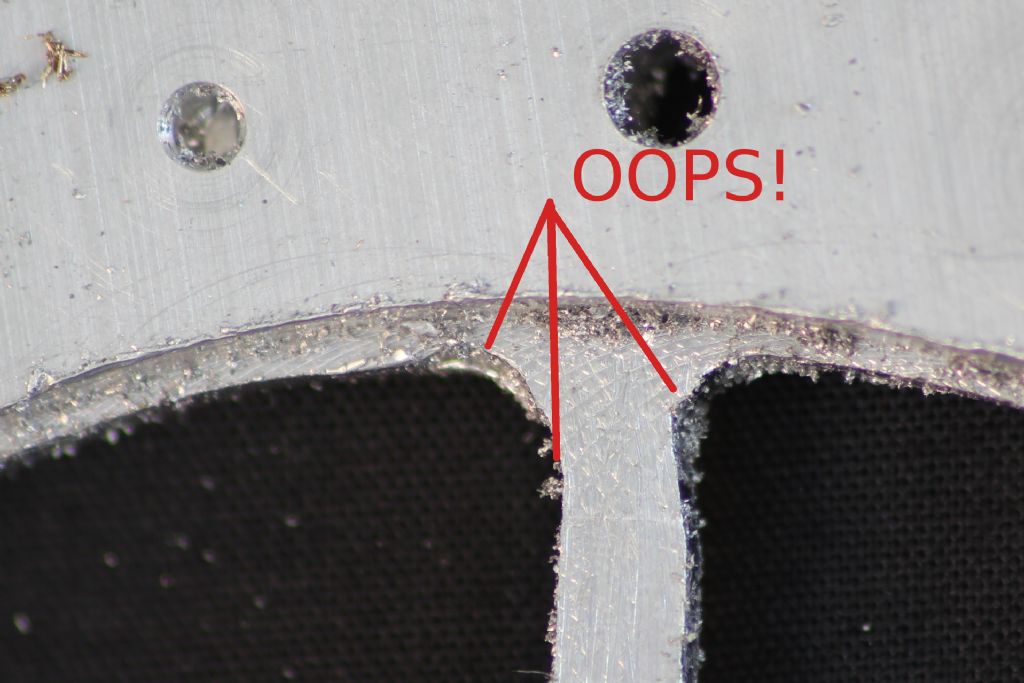
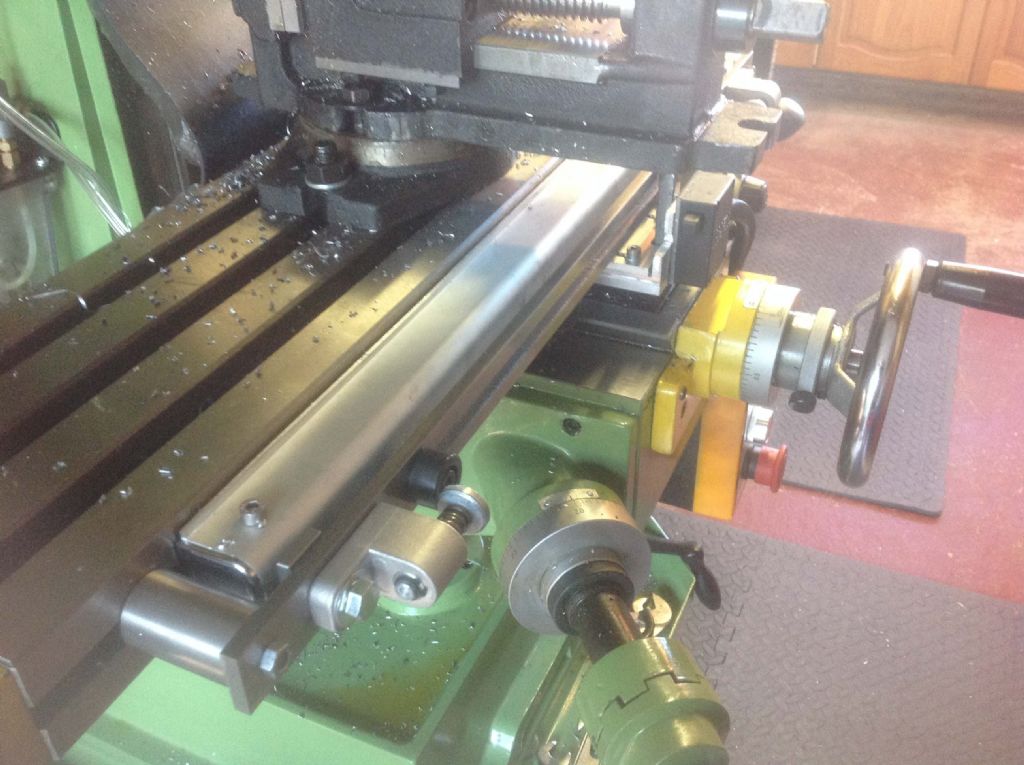
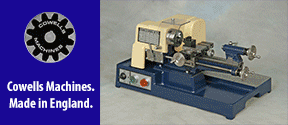

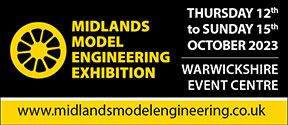
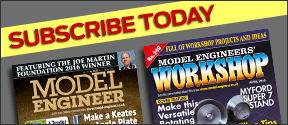
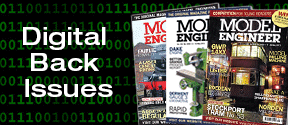




 Register
Register Log-in
Log-in


